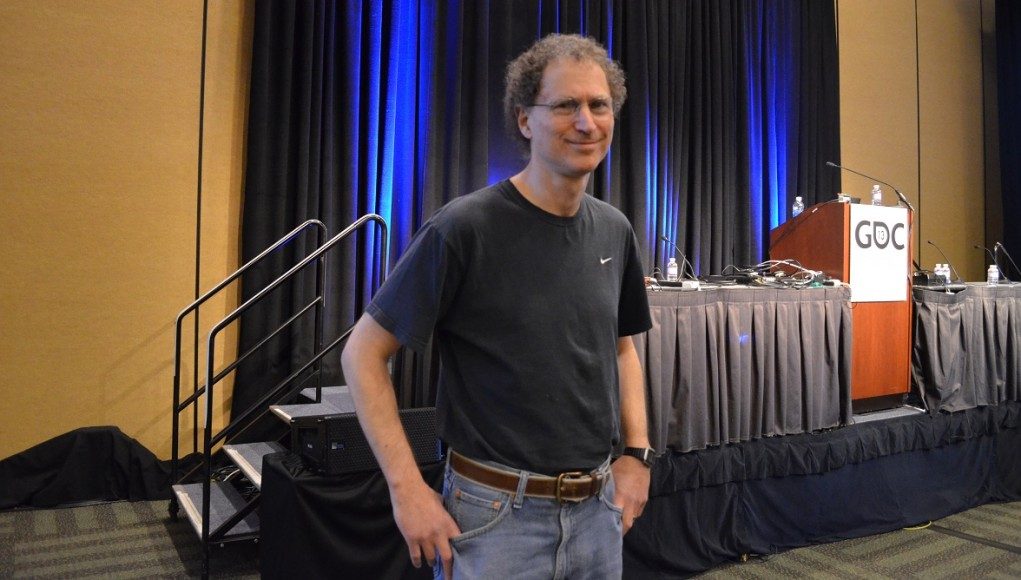This slide shows additional ways in which the sampled nature of head-mounted displays may not produce the same interaction with the visual system that the real world does.
And here are yet more perceptual factors.
So is that, finally, the end of the list of challenges? Hardly.
After all that, we come to the really really hard problems.
Solving these is probably not required for VR to be successful, but it probably is required for VR to be great.
I’m not going to be able to talk about most of these today, but the single most important problem to be solved is figuring out what the compelling experiences are that can only be had in VR.
It’ll be obvious in retrospect what those experiences are, but it’s never obvious early on with new technology. During development, Quake had only static lighting by way of baked-in lightmaps, and John was adamant that dynamic lighting was not necessary. At GDC, however – the same GDC where I talked about Quake – Billy Zelznack gave us a demo of an engine he was building, a demo that happened to include a rocket that cast a dynamic light. When we got back to Dallas, John asked me if I wanted to take a shot at implementing dynamic lights for rockets, and when I said I had something else to finish up first, he said he bet he could do it in one hour. It actually took him only a few minutes more than that – and it was amazing how much more real the world seemed with dynamic lighting. There will be many, many such things with VR, and they’re all waiting for someone to find them.
See All GDC 2013 News










